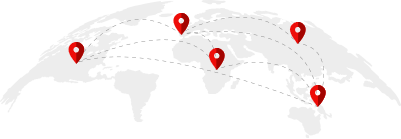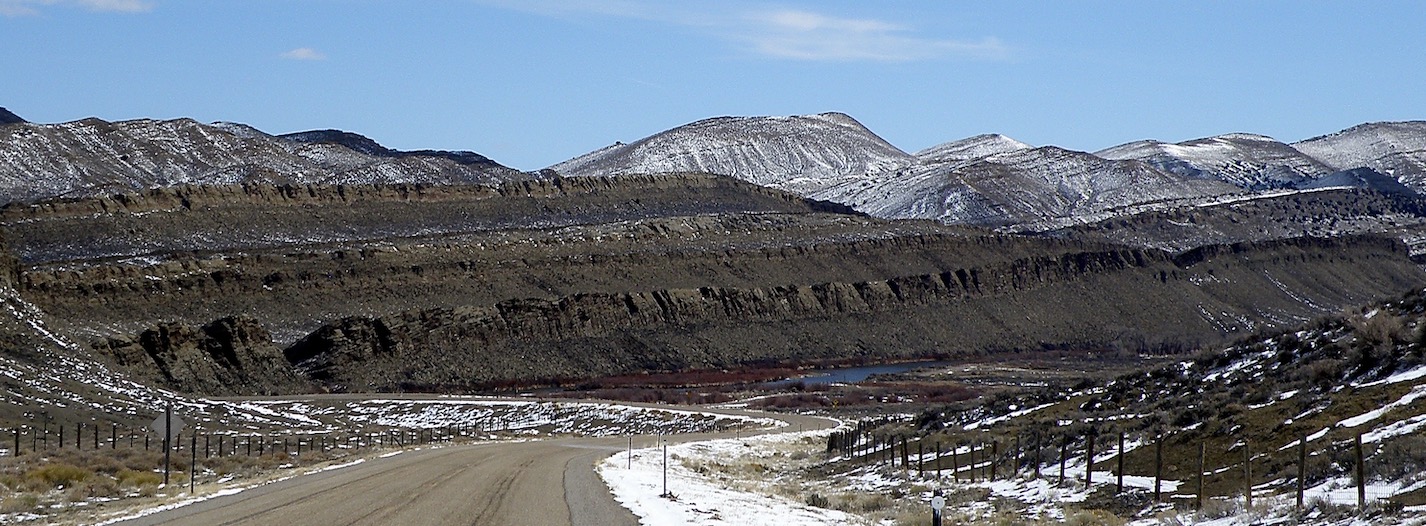
Sequence Stratigraphy Field Trip
Course Details
This field course is designed for geoscientists and reservoir engineers. A lecture and field component introduces participants to some spectacular outcrops in Colorado and Wyoming. The primary objective is for participants to be able to identify key sequence stratigraphic surfaces in outcrop and tie these with observations in sub-surface data sets such as seismic and well logs. By the end of the course you should be able to create more realistic geological cross sections and have a greater degree of confidence when interpreting depositional environments in seismic data.
Most sequence stratigraphy trips are run in the Book Cliffs along the Colorado-Utah border, however our trip is run on outcrops that are well studied yet rarely frequented by others. The reason for choosing these is unlike the primarily horizontal strata of the Book Cliffs where one is almost always standing at the base of a cliff where all the key sequence stratigraphic surfaces are developed on top of the cliff, the outcrops in northern Colorado and Wyoming are tilted between 60-90 degrees. That allows participants to walk and intersect key surfaces and also walk along them laterally.
The Book Cliffs have no carbonates and our sequence stratigraphy trip covers both, which is why northern Colorado provides an excellent natural laboratory.
If your interest lies in the “standard Book Cliffs field trip” then please check out our offerings here.
Who Should Attend
• Geologists
• Geophysicists
• Petrophysicists
• Engineers
This course is meant for all who wish to develop a better understanding of the factors that control distribution, reservoir connectivity, and compartmentalization of a particular reservoir. The course assumes no prior knowledge of sequence stratigraphy, which is why we strongly urge engineers to enroll.
Need more information?
Course Outline
Day 1
You will be arriving the day before the course starts at Denver International Airport, Colorado USA and will be picking you up and checking you in to your hotel in Westminster. The next morning we will begin with a safety briefing, orientation to the field area, safety briefing, and introduction to siliciclastic sequence stratigraphy: evolution of models from Exxon to Embry, cyclicity in the stratigraphic record, reservoir distribution during sea-level stands, parasequences, and their stacking pattern.
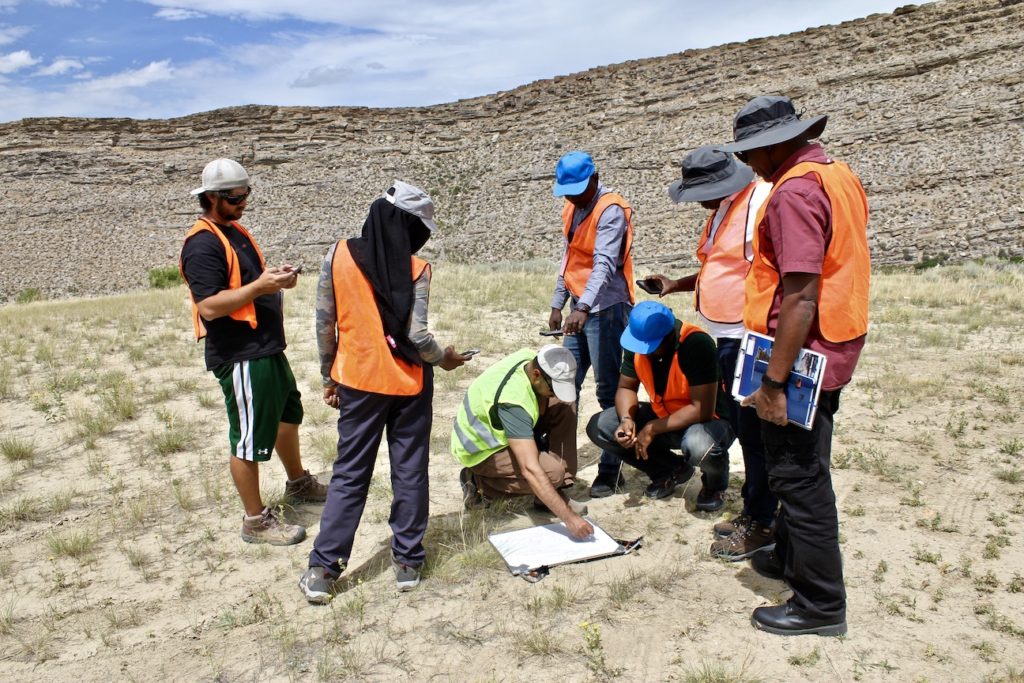
Day 2
Key Sequence Stratigraphic surfaces and their identification in core and well logs: Sequence Boundaries, Maximum Flooding Surfaces, Maximum Regressive Surfaces, Wave and Tidal Ravinement Surfaces.
We will be using a “drowned delta” – a river-dominated delta that was preserved during transgression, as an example. This is a fantastic outcrop to understand the link between deltas and incised valley systems.
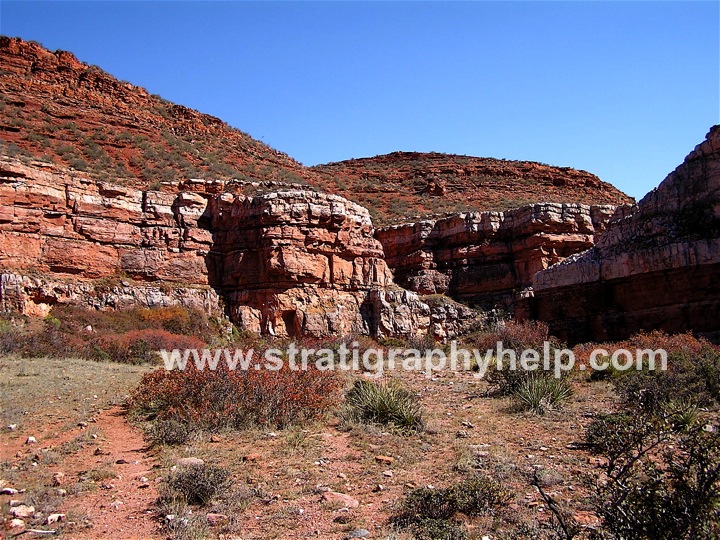
Day 3
Carbonate sequence stratigraphy, controls on reservoir quality and distribution, influence on T-, M-, and C- carbonate factories.
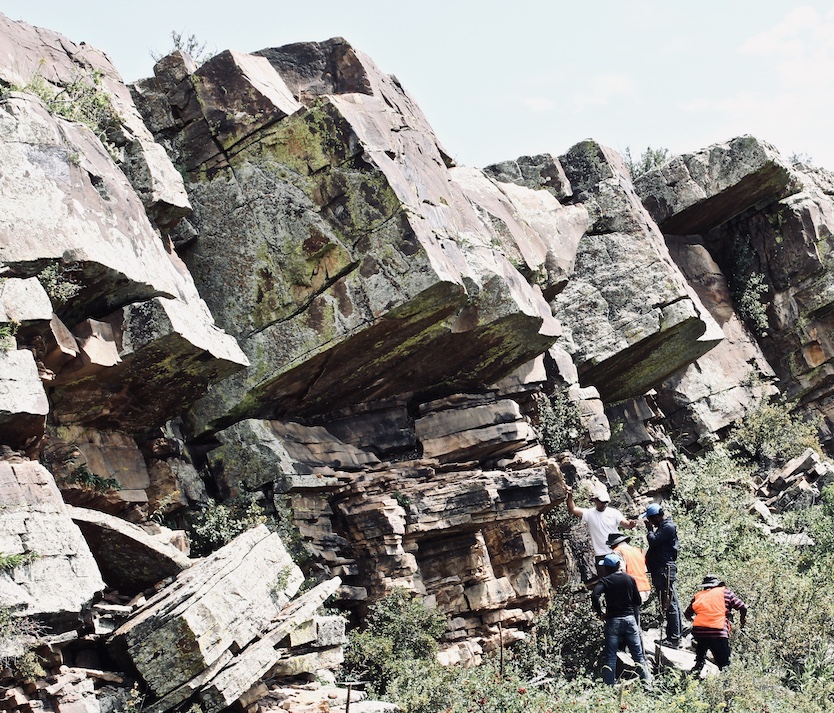
Day 4
Advantages of chronocorrelating vs lithocorrelating well logs. Understanding this difference is key whether your daily tasks include well log correlation or if you are a geomodeler.
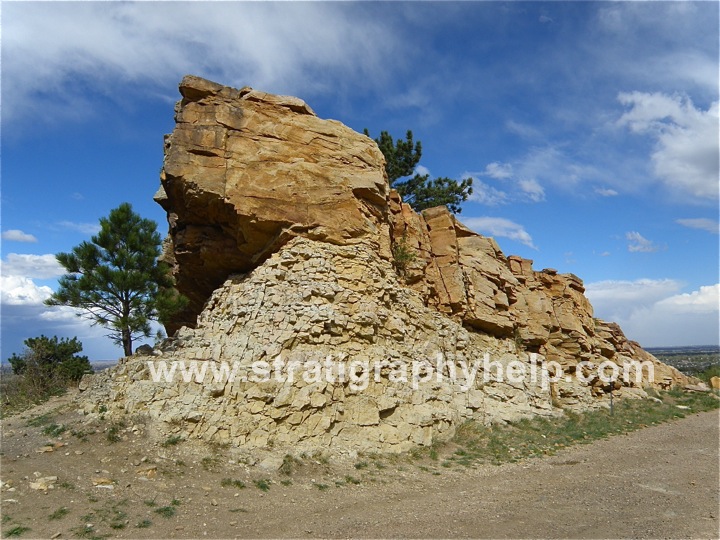
Day 5
This is our “seismic stratigraphy” day with an emphasis on clinoforms. We will be showing you examples of clinoforms on seismic data from basins across the world. We will emphasize the changes in well-log signatures as one moves from a proximal to distal setting within each clinoform.
We will drop you off at Denver International Airport for an evening departure.
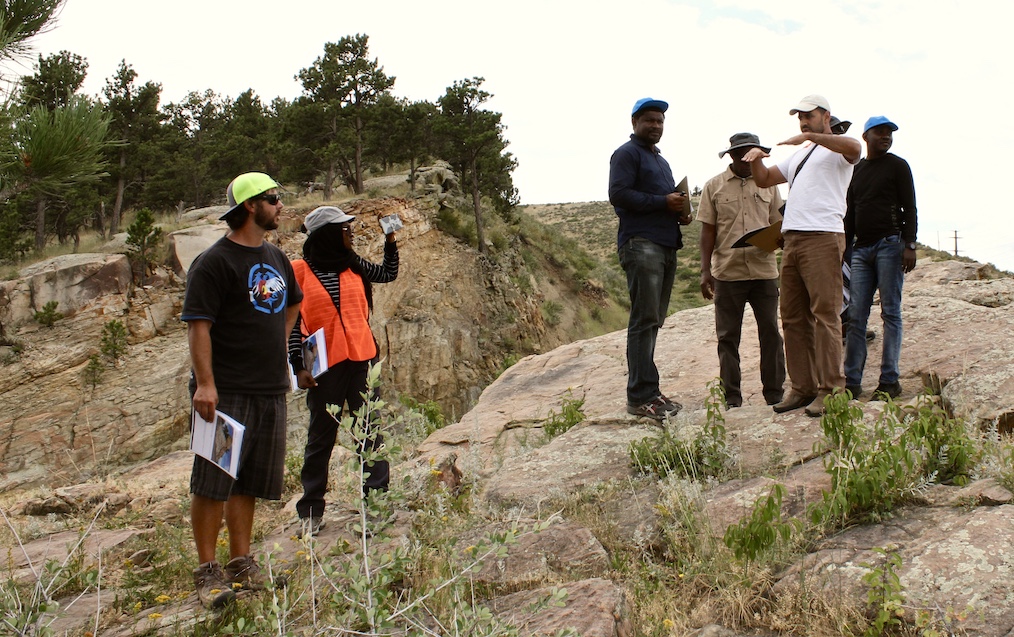
This course is offered during the fourth week of October every year and costs $6500/person. This all inclusive rate includes five nights hotel stay, all meals, snacks and drinks in the field, fuel, permits, transportation during the field trip, tuition and field guide.
If you intend on going on this trip we strong urge applying for a US visa with our letter of invitation no later than June 2023.


